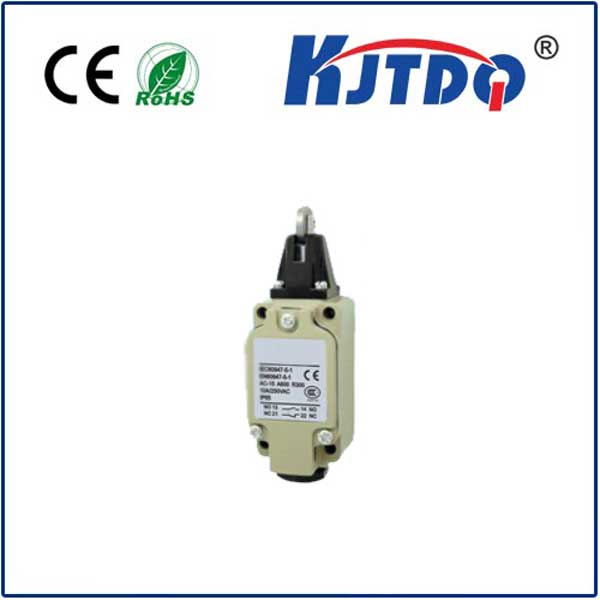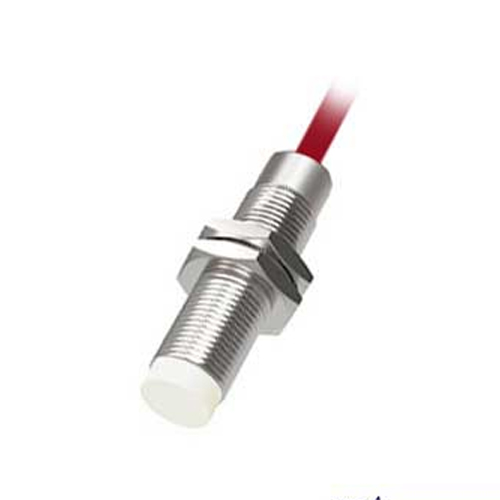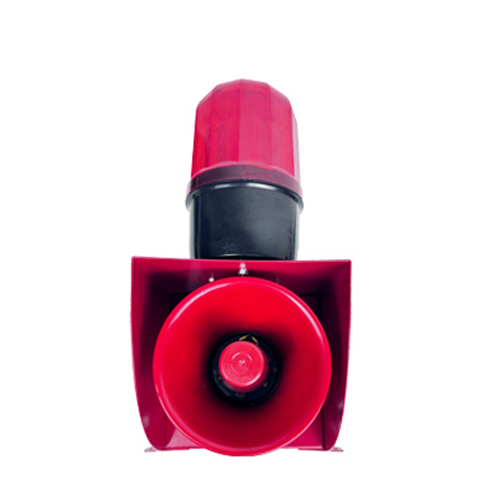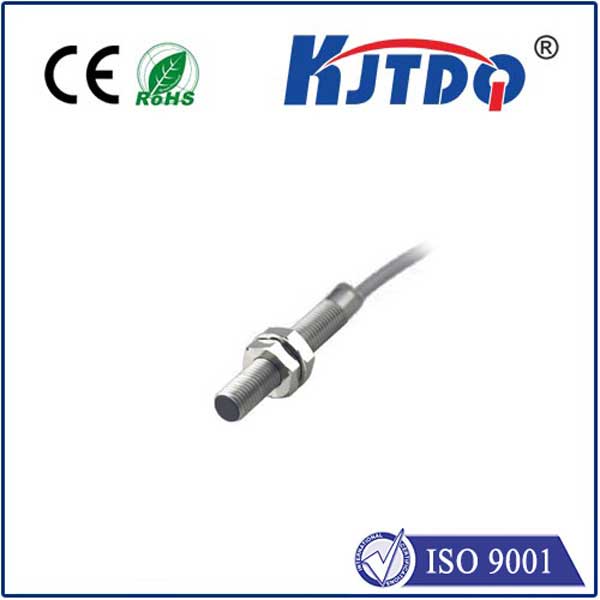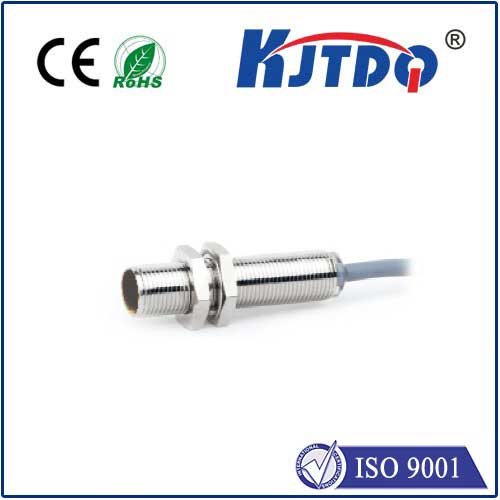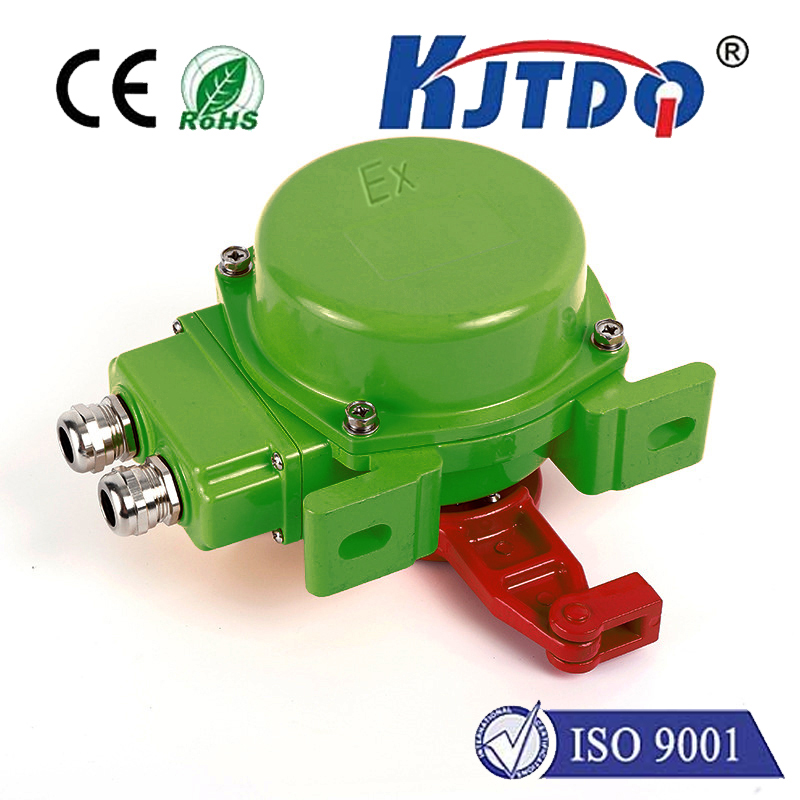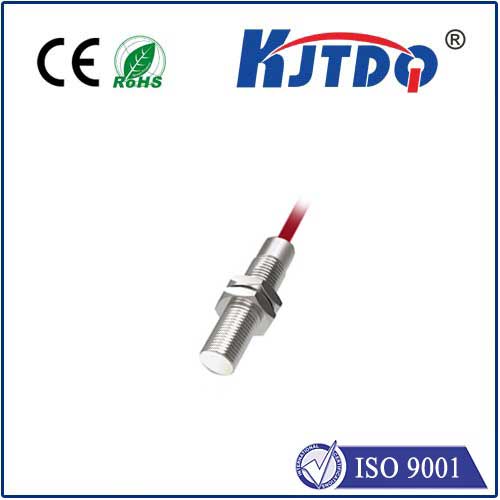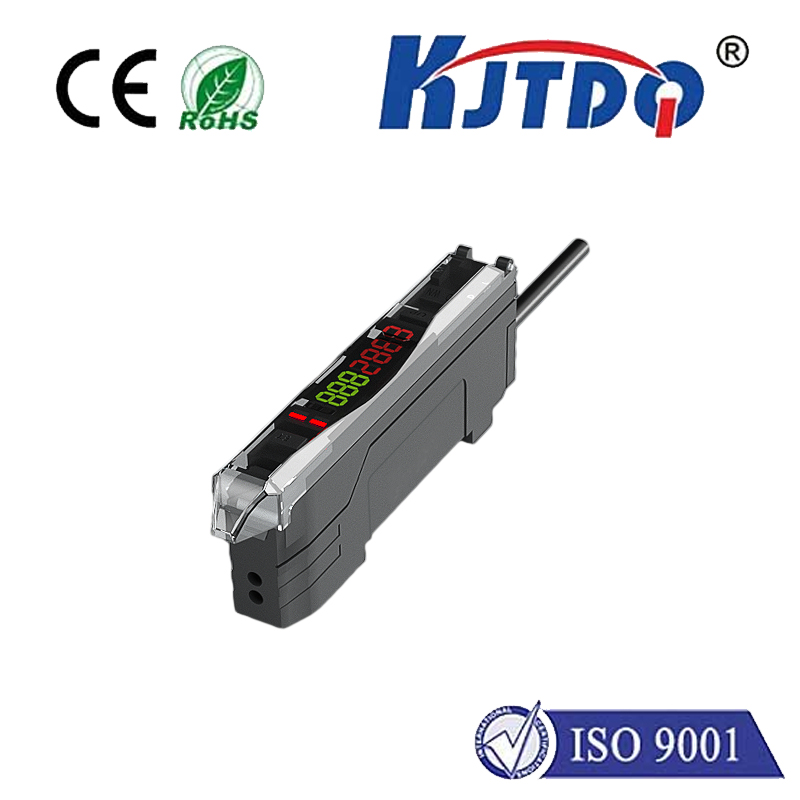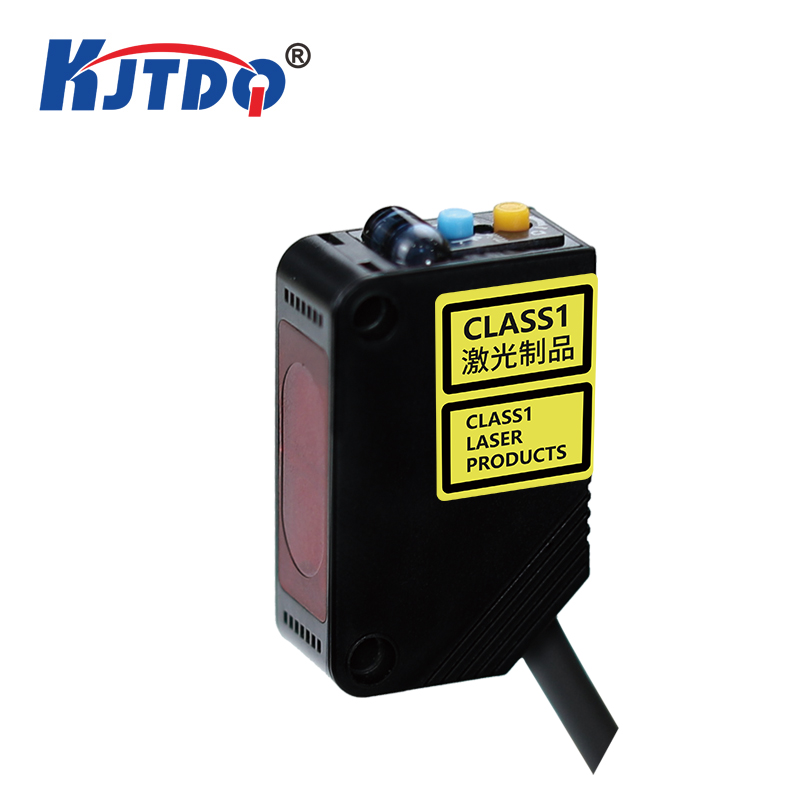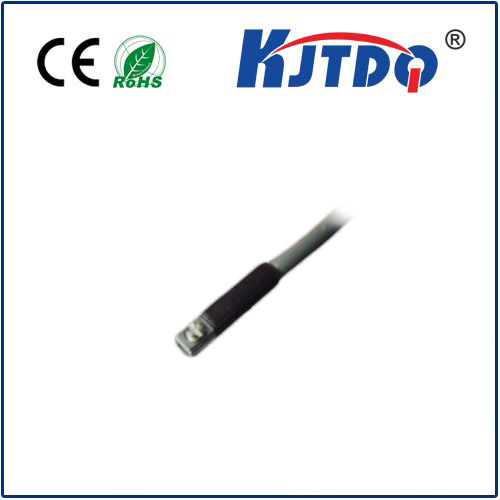

check

check

check

check

check

check

check

check

check

check
Introduction:
In recent years, the demand for intelligent and automated systems has increased significantly. One of the key components that enable such systems is the 30mm inductive proximity sensor. This sensor uses electromagnetic induction to detect the presence or absence of an object in a given distance. It has become an indispensable tool in various industries, including manufacturing, automotive, healthcare, and security. This article explores the advancements and applications of 30mm inductive proximity sensors, highlighting their features, capabilities, and impact on these industries.
Body:
1. The Evolution of 30mm Inductive Proximity Sensors
30mm inductive proximity sensors have come a long way since their invention in the early 20th century. Initially, they used a mechanical approach to detect the presence of an object by creating a magnetic field around the sensor. However, this method had limitations, such as low sensitivity and difficulty in detecting small objects. The introduction of transistors and integrated circuits in the late 1960s led to the development of solid-state inductive proximity sensors. These sensors offered higher sensitivity and reliability but were still prone to false alarms due to interference from nearby magnetic fields.
2. Features and Capabilities of 30mm Inductive Proximity Sensors
30mm inductive proximity sensors are known for their high accuracy, fast response time, and immunity to environmental factors such as electromagnetic interference (EMI) and radio frequency interference (RFI). They can detect objects with a wide range of temperatures, from room temperature to extreme temperatures, making them suitable for use in various environments. Additionally, they offer multiple sensing modes, such as continuous wave (CW) or pulsed wave (PW), enabling them to meet different application requirements. Some common types of 30mm inductive proximity sensors include magnetic reed switches, infrared detectors, and ultrasonic sensors.
3. Applications of 30mm Inductive Proximity Sensors in Manufacturing
Manufacturing industries rely heavily on automated systems to improve efficiency and reduce production costs. 30mm inductive proximity sensors play a crucial role in these systems by providing accurate information about the position and status of machines and equipment. For example, they can be used to detect when a machine has reached its target temperature, preventing overheating and improving overall performance. They can also be used to monitor the health of machines by detecting changes in vibration patterns or other indicators of wear and tear.
4. Applications of 30mm Inductive Proximity Sensors in Automotive Industry
The automotive industry is one of the largest consumers of 30mm inductive proximity sensors. These sensors are used extensively in various applications, such as engine management systems, braking systems, and door locks. Engine management systems rely on proximity sensors to monitor the temperature of engine components and prevent overheating or malfunctions. Brake systems use proximity sensors to detect when a vehicle has come to a stop and trigger the brakes accordingly. Door locks use proximity sensors to ensure that only authorized persons can access the vehicle's interior.
5. Applications of 30mm Inductive Proximity Sensors in Healthcare Industry
The healthcare industry relies on precision and accuracy in medical devices and equipment. 30mm inductive proximity sensors play a vital role in ensuring these standards are met. They can be used to monitor the health of patients by detecting changes in body temperature or blood pressure levels. They can also be used to monitor the activity level of bedridden patients by detecting when they move or sit up. Furthermore, some hospitals use proximity sensors to prevent the spread of infections by monitoring the hygiene levels of rooms and surfaces.
Conclusion:
The advancements and applications of 30mm inductive proximity sensors have revolutionized various industries by providing accurate and reliable information about the presence or absence of an object within a given distance. These sensors offer high sensitivity, fast response times, and immunity to environmental factors
